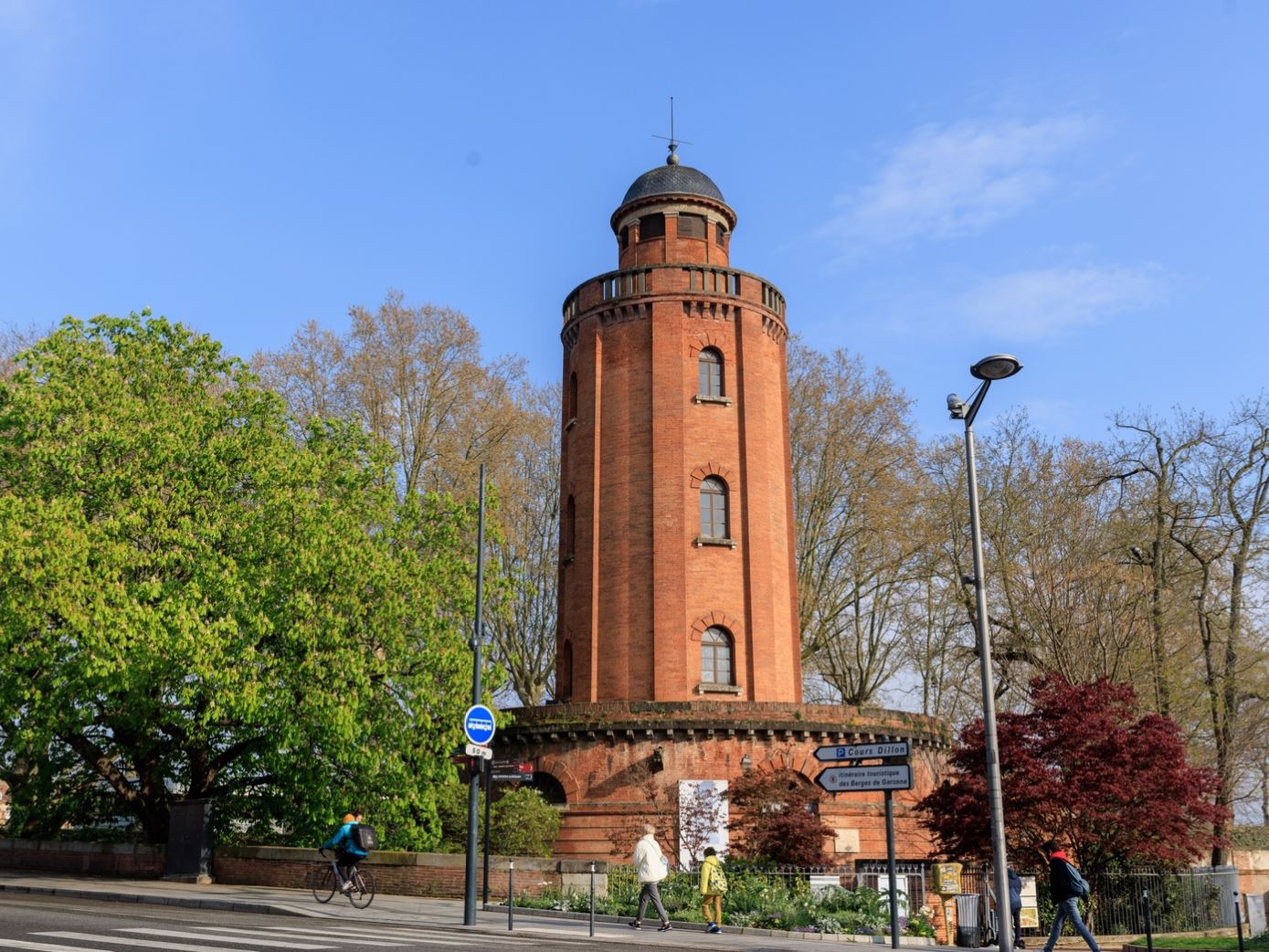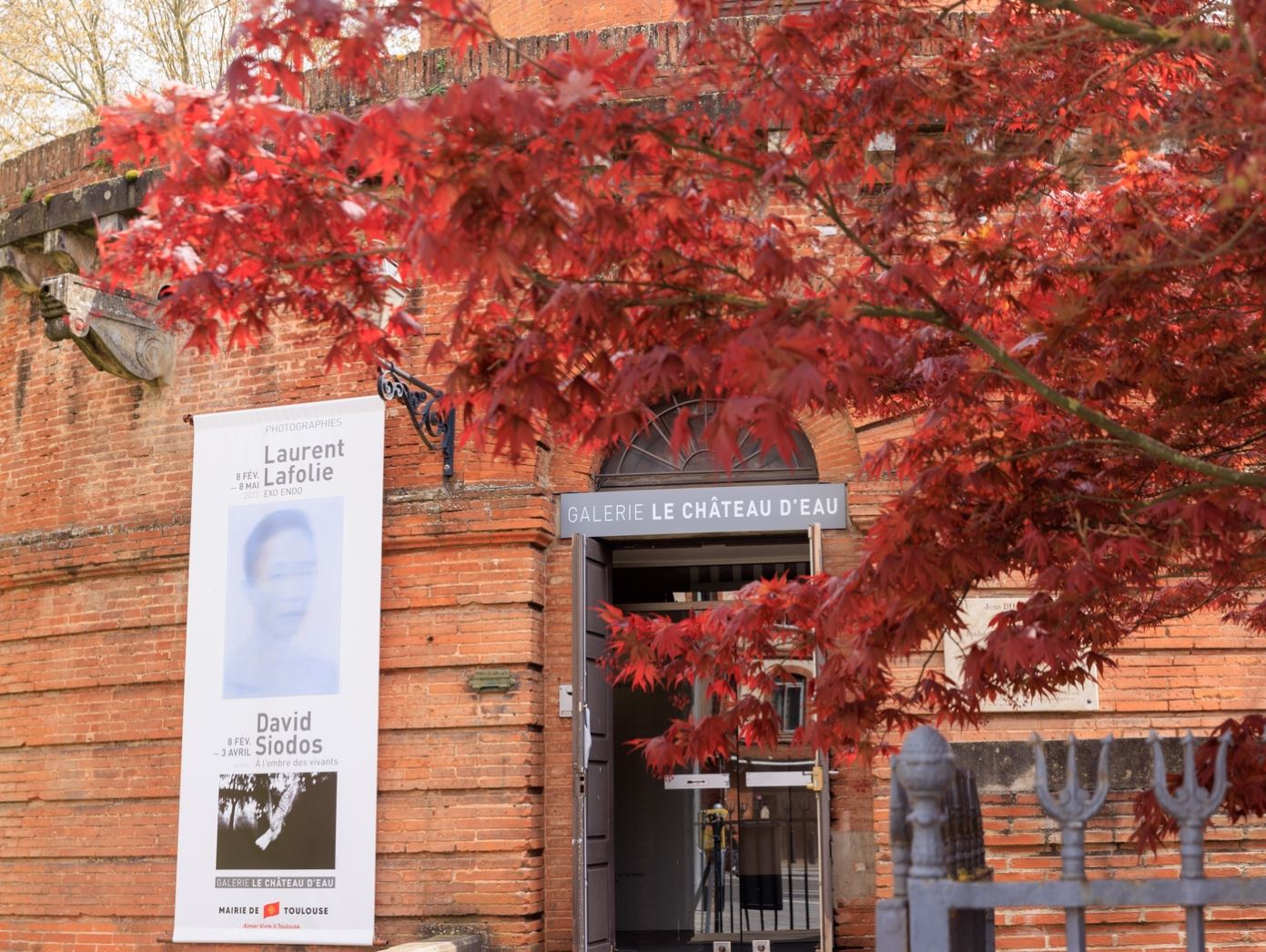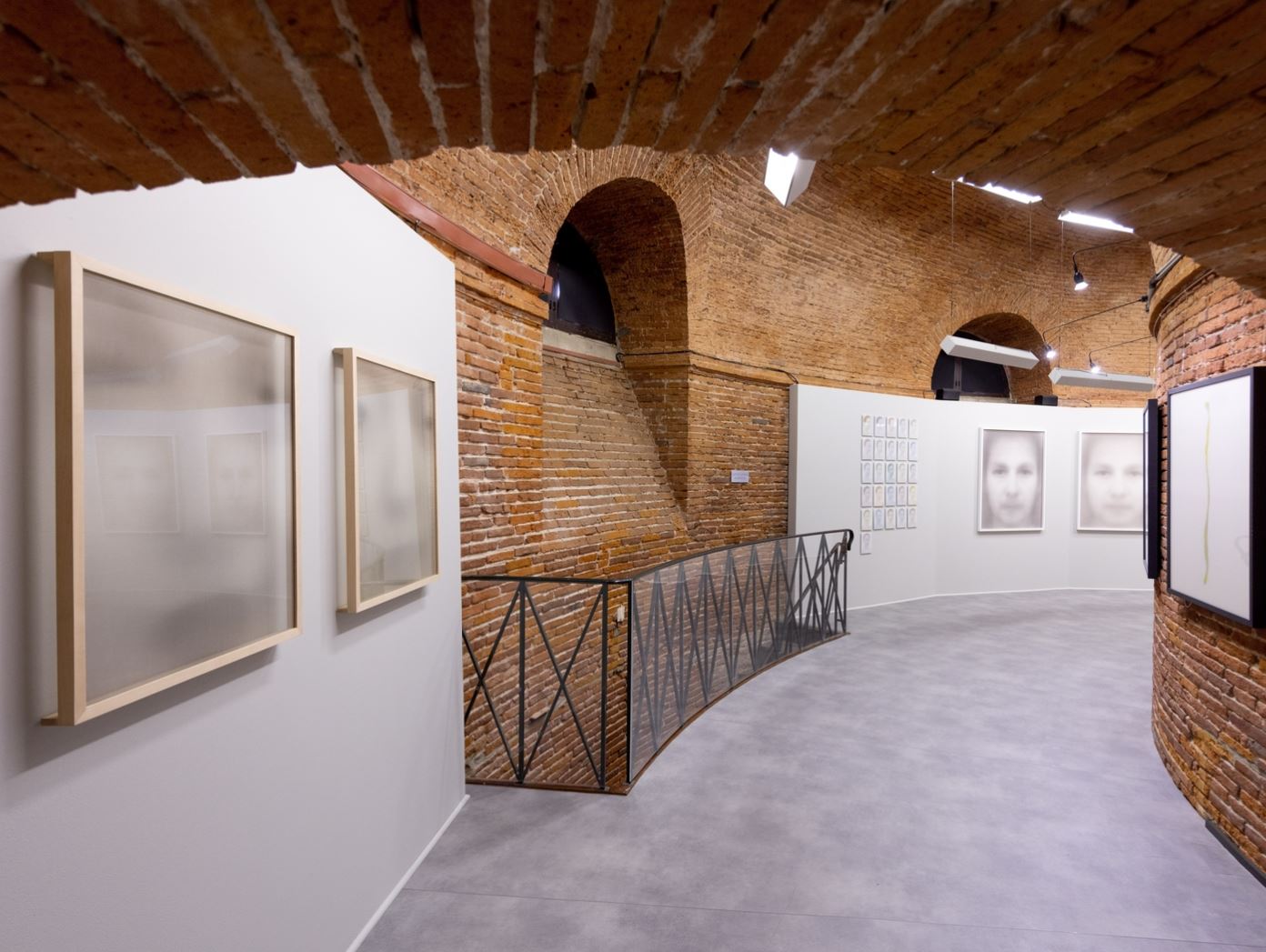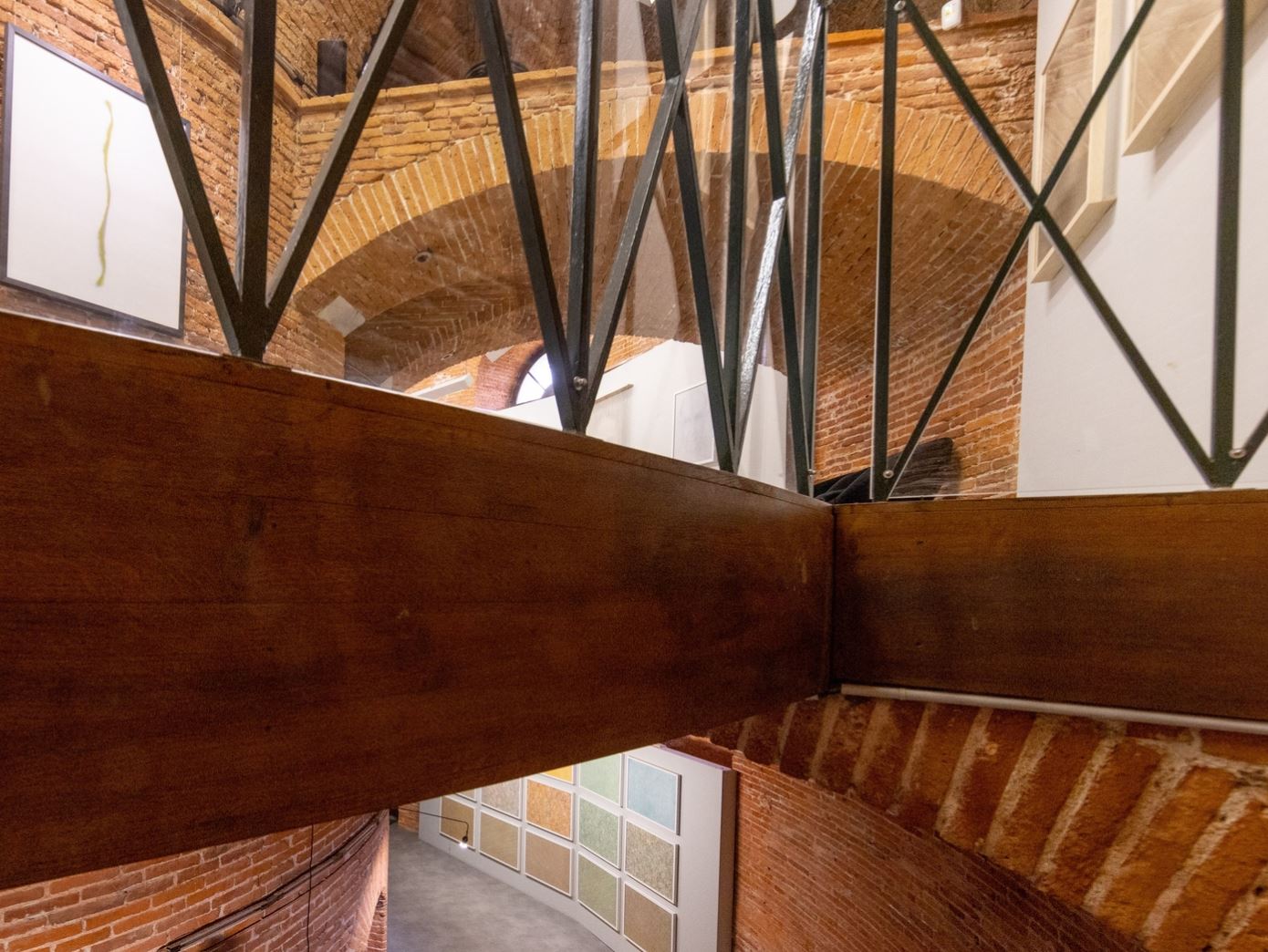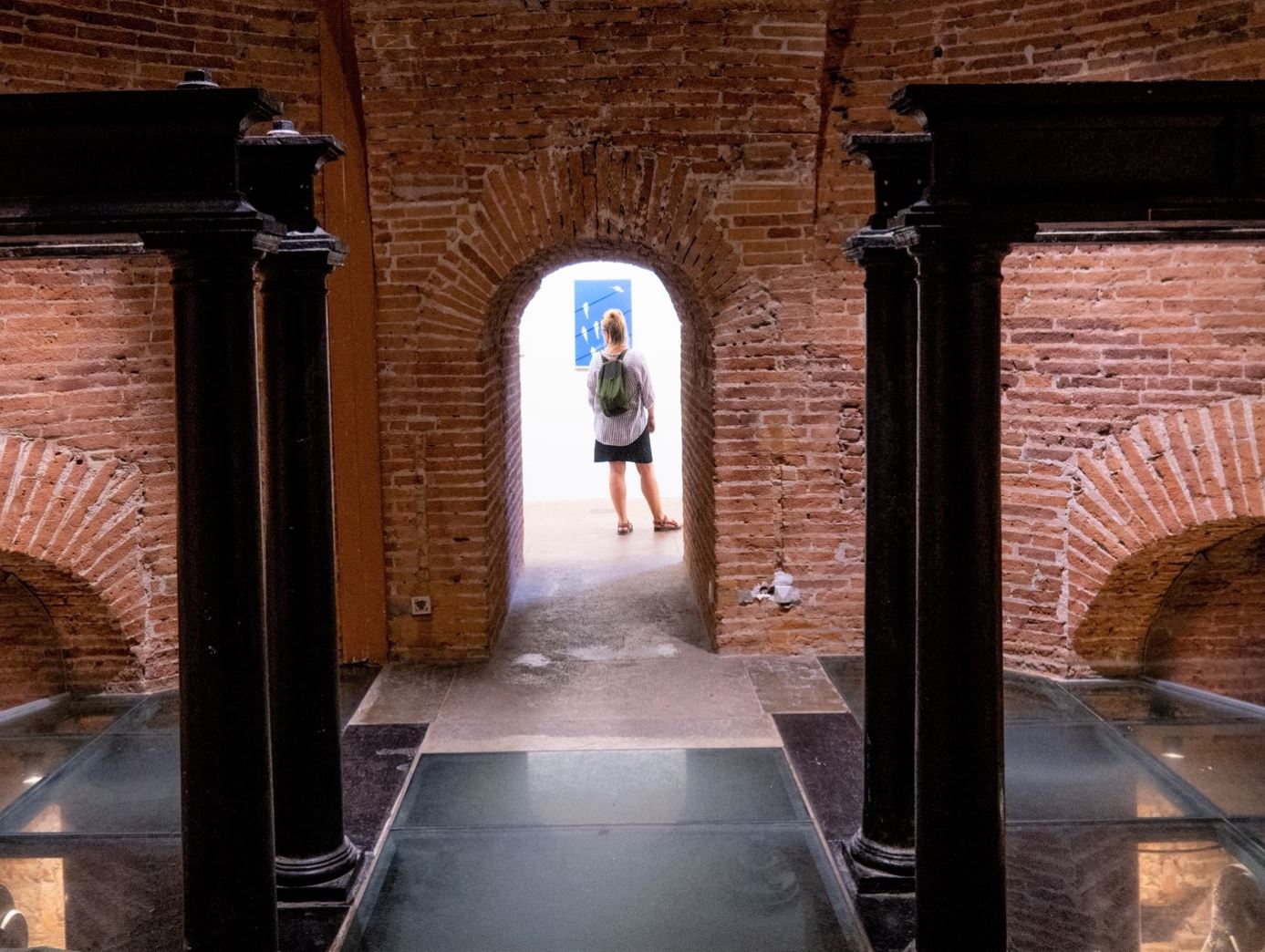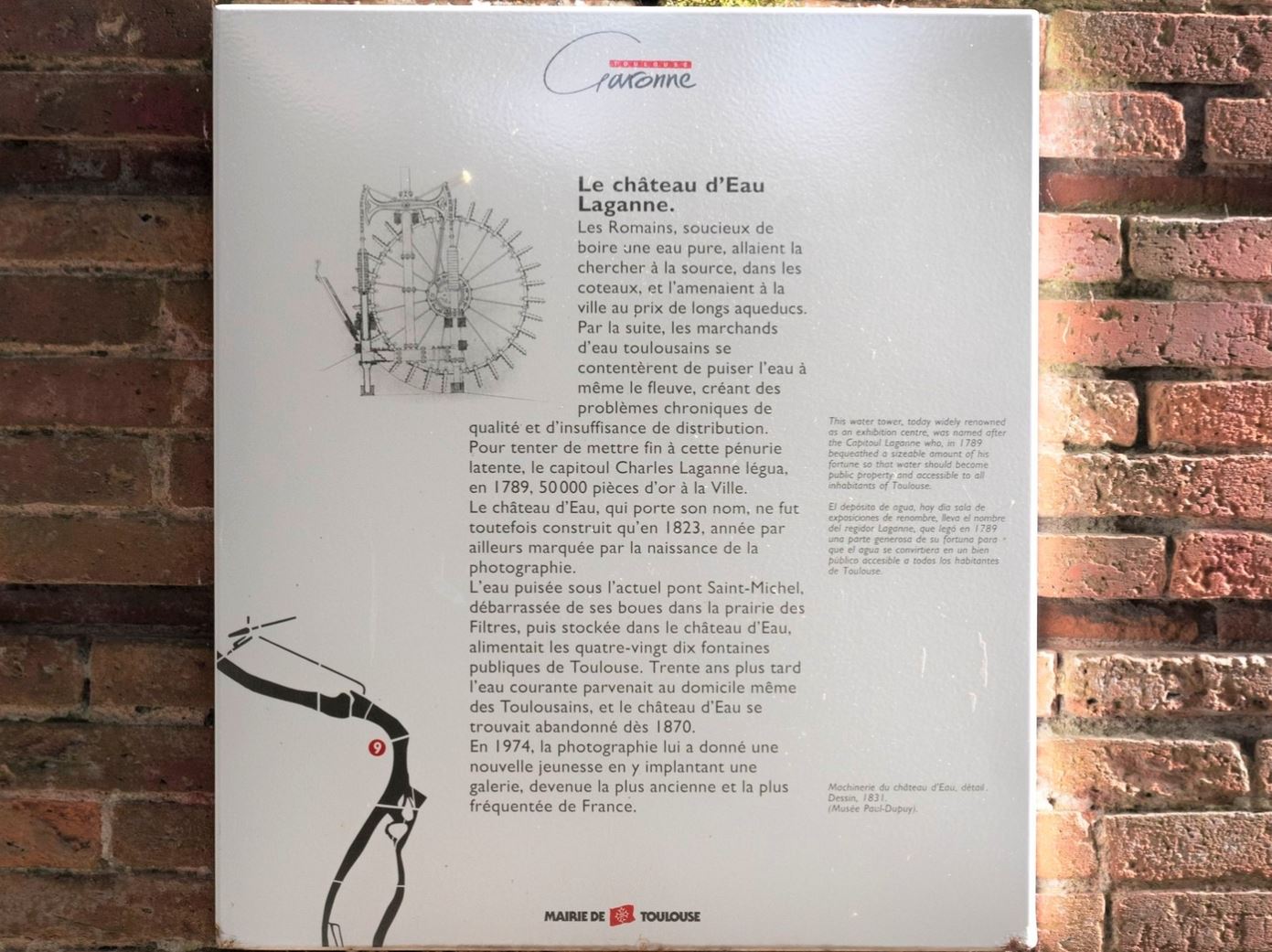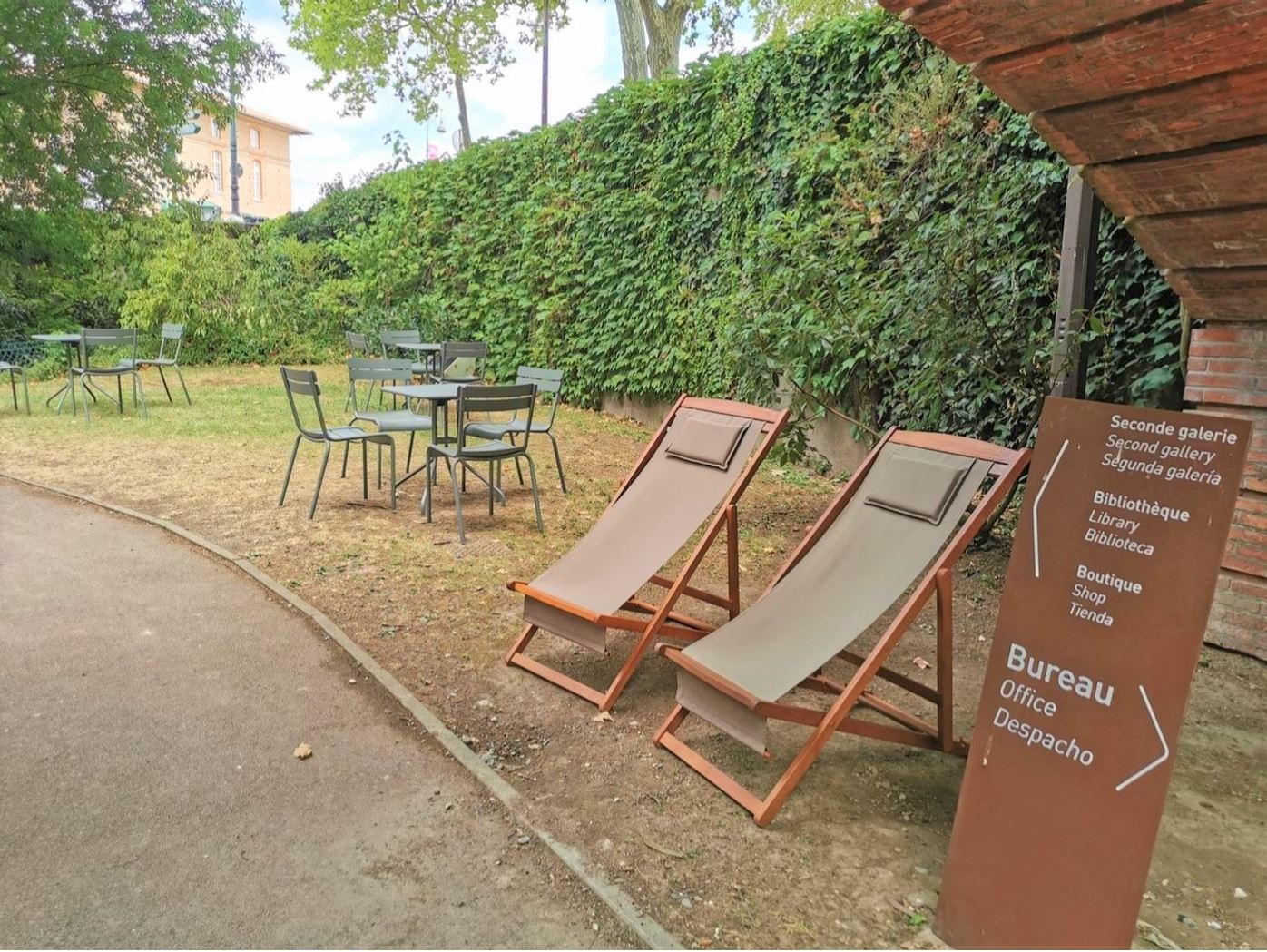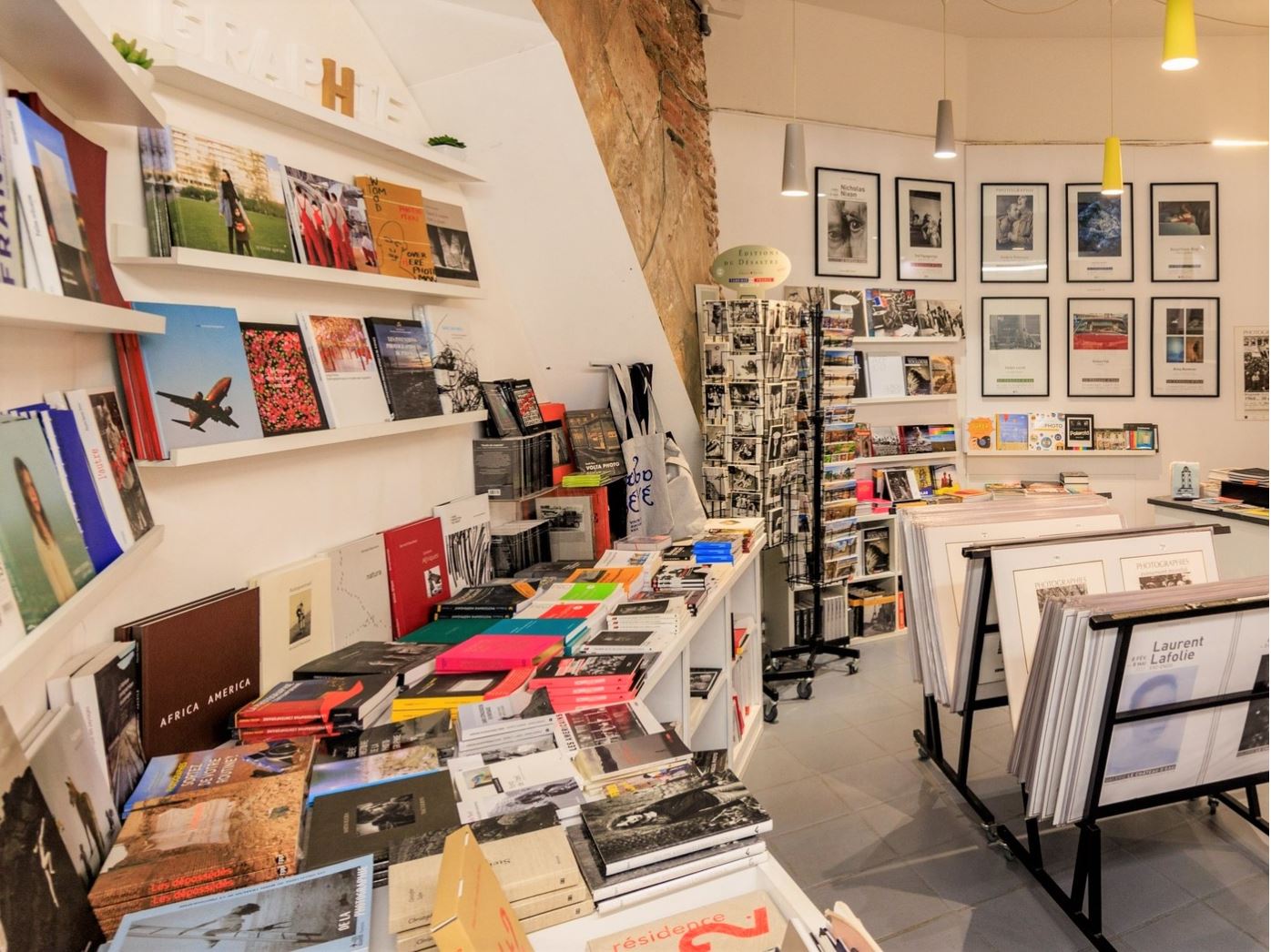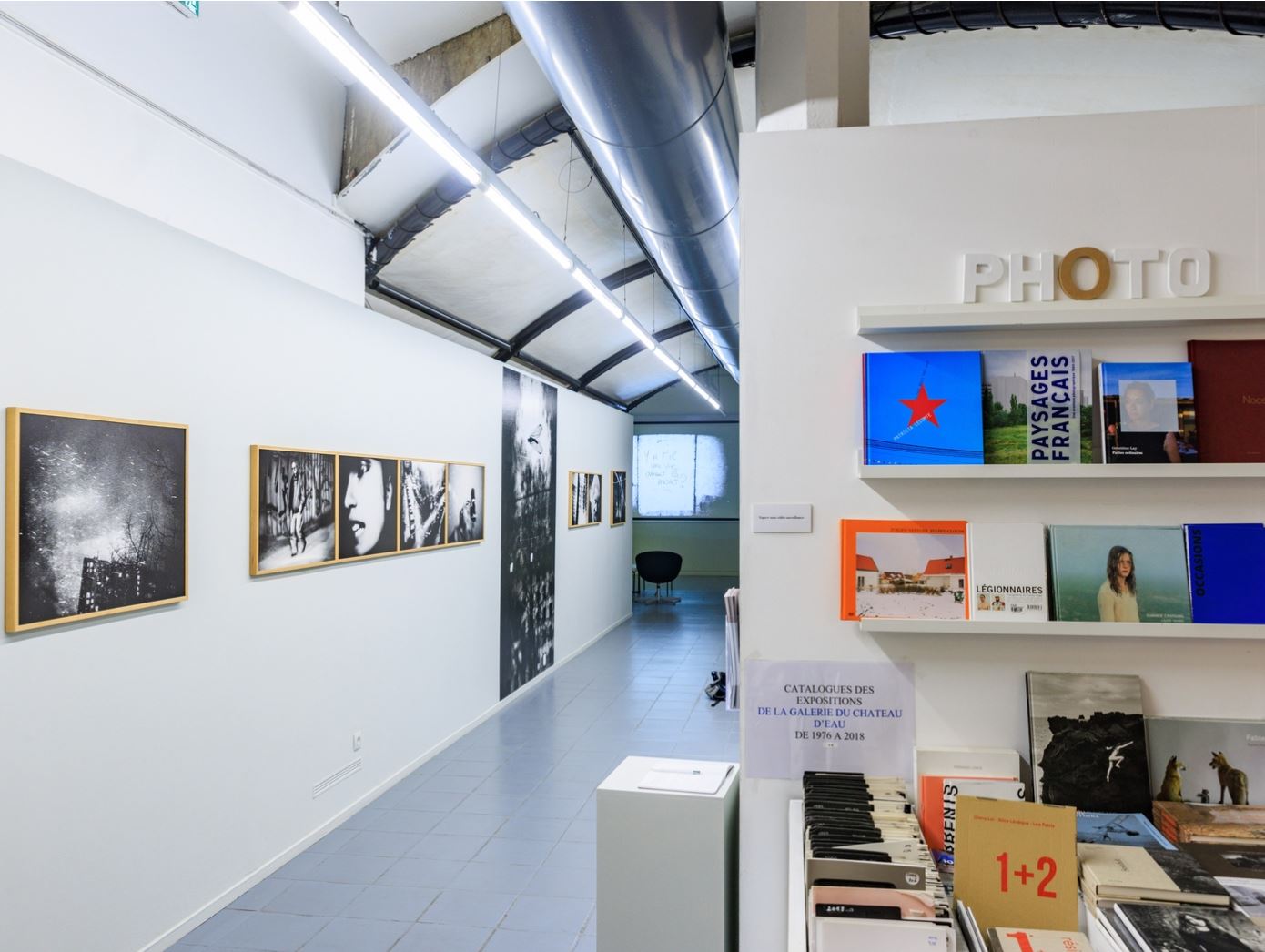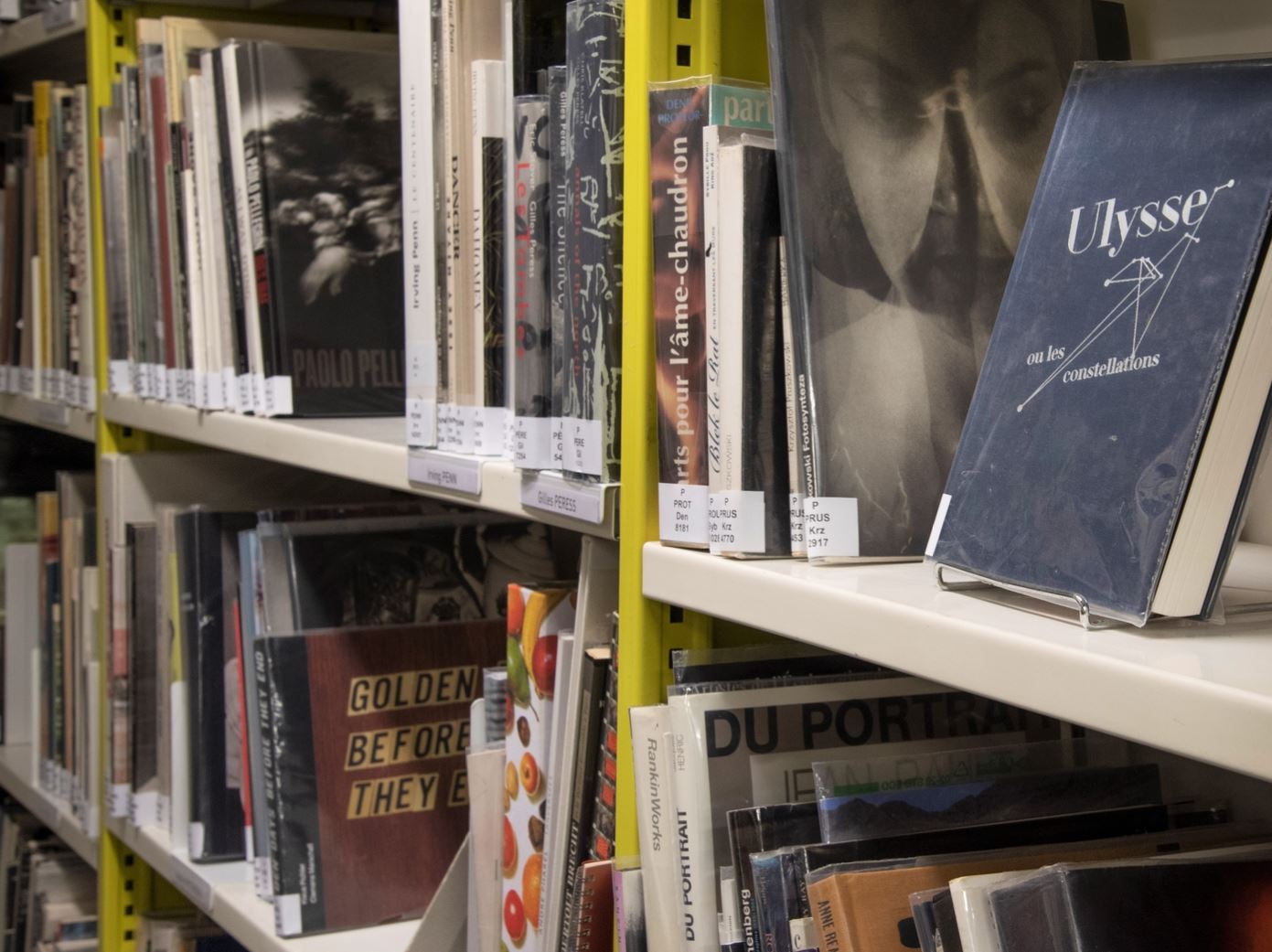Presentation

A PLACE FOR PHOTOGRAPHY
A singular cultural institution, the Château d’Eau is the first public gallery in France dedicated to auteur photography.
Marked from the beginning by its didactic vocation and its openness to the international scene, the Galerie Le Château d’Eau has promoted photography since its creation by Jean Dieuzaide in 1974. Its program devoted to major and emerging artists honors the plurality of photographic writing.
The Château d’Eau is installed in a former water lifting station of the Garonne that is listed in the Supplementary Inventory of Historical Monuments. It is also home to one of the main specialized libraries in France and has an important collection of photographs.
Designed by architect Jean-Antoine Raynaud, the fairground brick building will celebrate its 200th anniversary in 2023.
- 220m of gallery space in three areas
- Between 7 and 9 exhibitions per year
- Cultural events throughout the year
- A specialized library with over 15,000 references
- A bookstore/boutique and an ephemeral café during the summer time
The first stone of the Château d’Eau was laid on July 27, 1823, thanks to the donation of the Capitoul Charles Laganne, the plans of the architect Jean-Antoine Raynaud and the hydraulic engineering of Jean Abadie. The building was intended to supply the public fountains on both banks. In 1828, the entire water distribution network was installed in the city. A victim of its own success and very quickly obsolete, the water tower was decommissioned in 1870.
We owe the water tower to the Capitoul Charles Laganne who, concerned about the well-being of his fellow citizens, donated 50,000 gold coins to the municipality so that “pure, clear and pleasant to drink” water could be supplied to the inhabitants of Toulouse. However, it took almost half a century for the municipal authorities to grant this wish. It was in 1817 that the project for a water tower, presented by the mining engineer Jean-François de Voisins, was accepted.
Archives of Toulouse
In 1822, the architect Jean-Antoine Raynaud designed the building, and the hydraulic machinery was entrusted to Jean Abadie, director of the Toulouse cannon foundry. The Toulouse water tower, with its “solid appearance that satisfies the eye and the mind”, is now considered a model of ingenuity and good taste. Around 1830, it was said to be one of the best studied and most advanced French industrial achievements. At the time, this changed the lives of the inhabitants […].
- The building is 30 meters high and has 6 floors
- A vast basement occupied by two water-wheels that drove the pumps
- A ground floor forming the circular base of the tower, topped by the tower itself
- 4 floors, the last of which is a skylight giving access to a circular terrace.
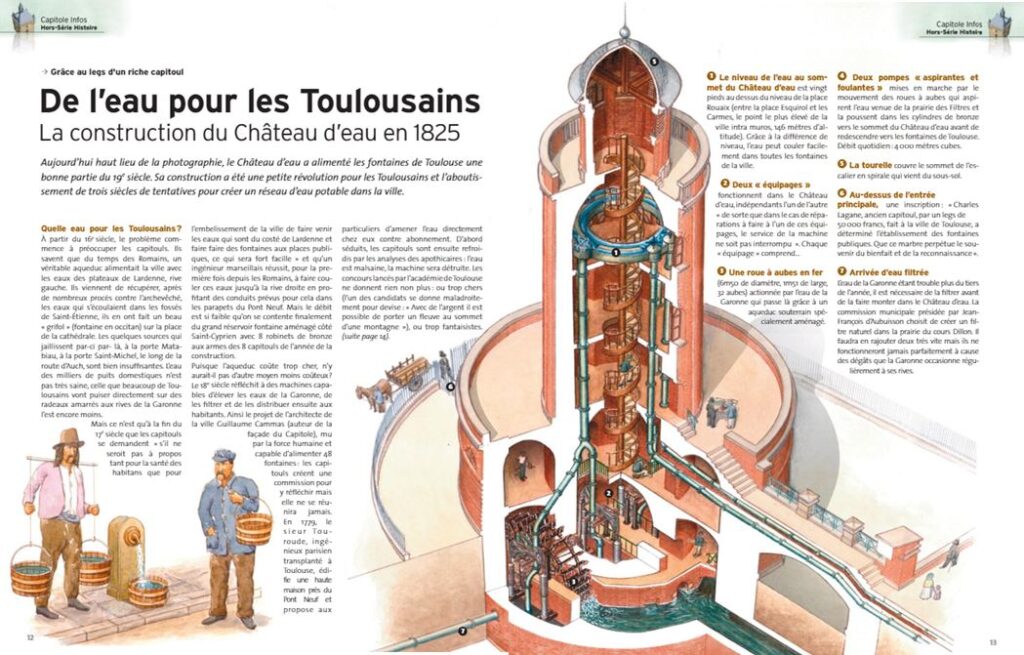
The water level at the top of the water tower is twenty feet above the level of Place Rouaix (between Place Esquirol and Les Carmes, the highest point in the city, 146 meters above sea level). Thanks to the level difference, the water can flow easily in all the fountains of the city. Two ” equipments ” operate in the water tower, independent of each other ” so that in the event of repairs to be made to one of these equipments, the service of the machine is not interrupted “. Each ” equipment ” includes…
An iron paddle wheel (6m50 in diameter, 1m51 wide, 32 paddles) driven by the water of the Garonne which passes there thanks to a specially built underground aqueduct. Two ” aspiring and treading ” pumps set in motion by the movement of the paddle wheels that draw the water from the prairie des Filtres and push it into the bronze cylinders towards the top of the water tower before going back down towards the fountains of Toulouse. Daily flow: 4000 cubic meters.
The turret covers the top of the spiral staircase from the basement. Above the main entrance, an inscription: “Charles Laganne, former capitoul, by a bequest of 50,000 francs, made to the city of Toulouse, determined the establishment of public fountains. May this marble perpetuate the memory [1] of the benefit and the gratefulness”.
Filtered water inlet The water of the Garonne being murky more than a third of the year, it is necessary to filter it before bringing it up to the water tower. La commission municipale présidée par Jean[1]François d’Aubuisson choisit de créer un filtre naturel dans la prairie du cours Dillon.++ It will be necessary to add two very quickly but they will never function perfectly because of the damage that the Garonne regularly causes to its banks.
Read the full article “Water for the people of Toulouse”.
Toulouse has a long history with photography, dating back to the 19th century.
- Between 1840 and 1850, the city hosted exhibitions of daguerreotypes in the Couvent des Jacobins (Jacobin Convent).
- In 1875, under the impetus of Professor Charles Fabre, a friend of Paul Sabatier and Eugène Trutat, Director of the Museum of Natural History, 200 researchers and artists got together to create the Société Toulousaine de Photographie (Toulouse Society of Photography).
- In 1892, Toulouse was the first city in France to offer higher education under the authority of Professor Charles Fabre, who was also the author of the first Encyclopaedia of Photography (3,500 pages in 8 volumes).
- In 1937, the “Cercle des XII” was created and organized a Brassaï exhibition in 1955 at the Musée des Augustins.
- In 1974, Pierre Baudis, Mayor, inaugurated the first municipal gallery in France and entrusted it to Jean Dieuzaide, in the presence of Robert Doisneau, Pierre Sudre, Denis Brihat…
- In 1979, a Documentation Center opened in the upper floors of the Tower
- In 1984, Dominique Baudis inaugurated a second space in the basement of the Château d’Eau with his “water wheels”.
- In 1989, a second exhibition space was inaugurated under the Cours Dillon and an arch of the Pont Neuf, where the documentation center moved
- Until 1995 the gallery was run by its founder, Jean Dieuzaide
- Since 1996, the Château d’Eau has been under the artistic direction of Michel Dieuzaide and then of Jean-Marc-Lacabe
- Entrusted to the association PACE (Photographie au Château d’Eau) from 1985 to 2019, the management of the Château d’Eau returns to municipal control in 2020.
- Since 2021, Christian Caujolle has been in charge of the artistic programming.
[Réalisation Toulouse Métropole]
Saved from demolition in the early 1970s, the Château d’Eau became, under the impetus of Toulouse photographer Jean Dieuzaide and Pierre Baudis, one of the oldest French public institutions devoted exclusively to photography and exhibitions. The boldness of the project, initiated before the creation of the Mission for Photography at the Ministry of Culture (1981), the particularity of the place, the programming and a publishing policy put in place from the start have forged its identity.


